Training, Surfing – and Luxury Shopping – in Brazil

Think a real estate development twice the size of Central Park in New York with 885 homes; a town center with 200 stores from all the world’s major luxury brands; two golf courses; 15-plus tennis courts, an equestrian center and, oh yes, two polo fields and a complete triathlon training center.
That’s Fazenda Boa Vista, a development an hour outside of São Paulo being built by JHSF Participações SA, a Brazilian real estate and hospitality firm. The town is just one of the myriad projects of JHSF, a family-owned firm founded in 1972 that has a plethora of businesses in property development, shopping centers and fashion retail, hospitality and gastronomy, an international airport and JHSF Capital.
More from WWD
Boa Vista indicates the driving forces of JHSF — a focus on its clients, an attention to detail and an emphasis on design. The developer targets only the wealthiest 500,000 to 1 million people in Brazil, a country twice the size of the continental U.S. with a population of 216.5 million.
“We are always following the client — where are they staying, what are they thinking about, what are their habits.…Being client-driven today is a skill,” says José Auriemo Neto, chairman of JHSF. “The companies that are doing the best are getting outside [their offices], not staying inside, to really understand what is happening around you and how you are interacting with your clients.”
Hence the triathlon circuit at Boa Vista — which also has a surf pool that uses PerfectSwell technology from the American Wave Machines. Another one is planned for the São Paulo Surf Club, which will be the city’s first surf club. This and the triathlon circuit came out of JHSF observing its clients’ lifestyles.
“We are finding that sports are increasingly connected to our clients’ lifestyles. It’s really impressive how we are seeing them dedicate a large portion of their time to sports much more than they did in the past. They are also spending more time with their families,” says Neto.
To encourage more family time, Fazenda Boa Vista’s expansion plan includes Boa Vista Estates, which has six million square meters, and architecture designed by Sig Bergamin and Murilo Lomas. The showroom for it is slated to open in the next few months.
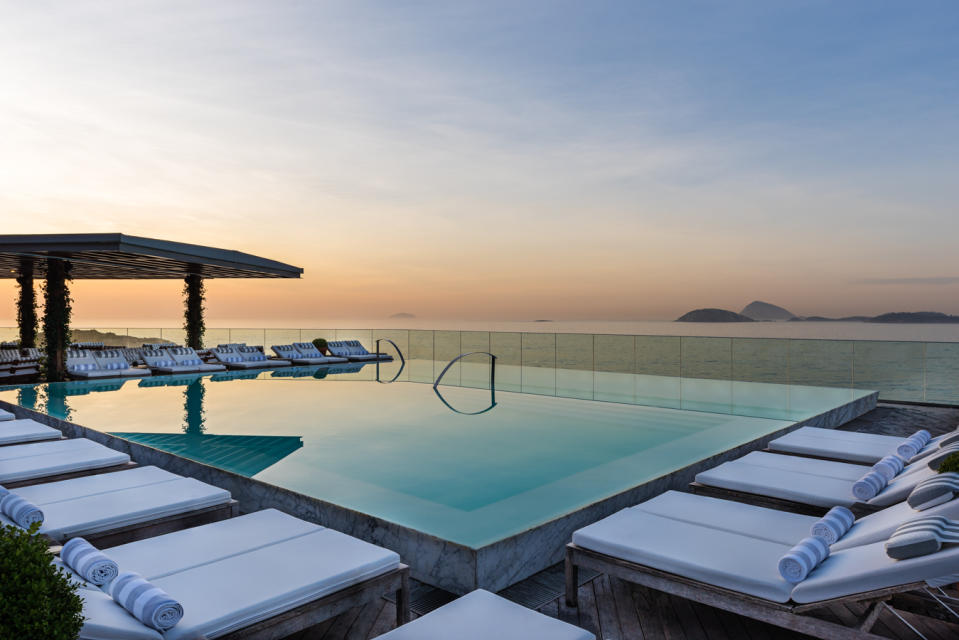
His goal is to follow where his clients go. That’s why he recently went to Courchevel, France for a 10-day stay, to see what wealthy Brazilians were up to — and was surprised that Brazilians make up the third-largest population in the resort town after the French and British. While JHSF is unlikely to develop a property in Courchevel, it helped Neto to see what they do while they are there.
That’s also why JHSF regularly takes small groups of its wealthy clients to Paris Fashion Week for exclusive experiences with major luxury brands, such as a behind-the-scenes tour at Hermès. And the brands are only too willing to help, since JHSF has a track record of full-time operating more than 20 brands in Brazil including Celine, Brioni, Brunello Cucinelli, Emilio Pucci, Gianvito Rossi, Aquazzura and Chloé. The company also has a 20 percent stake in Valentino in Brazil. JHSF owns five malls in Brazil and Uruguay and has two more under construction — all of which will focus on luxury, from the LVMH Moët Hennessy Louis Vuitton and Kering stables to Hermès and more.
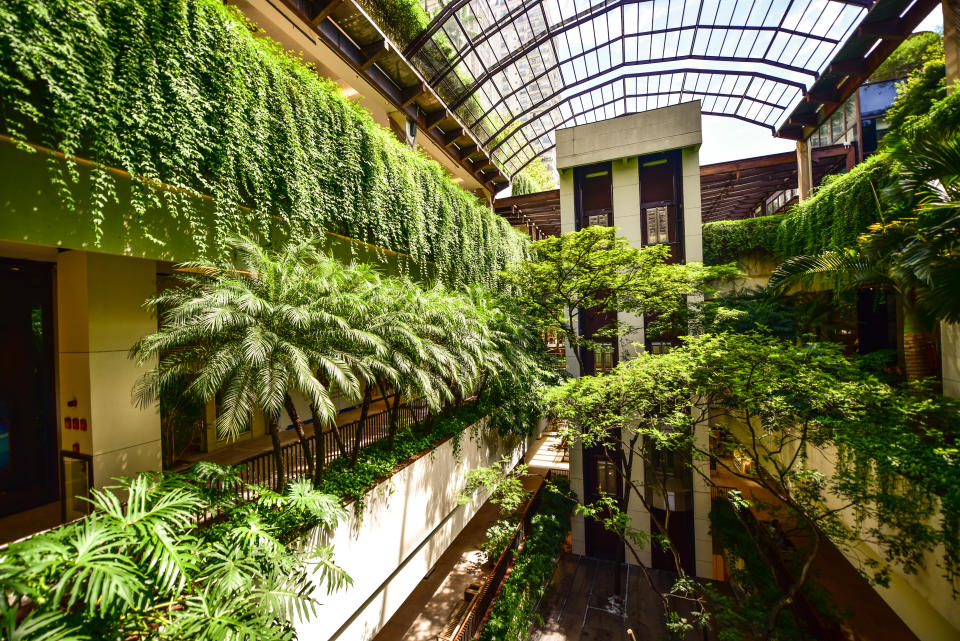
But being a developer means one has to play the long game, especially in Brazil. The Fasano hotel in New York represents Neto’s patient approach. It took more than 10 years to buy the prime real estate between East 62nd and 63rd Streets from an octogenarian, who changed the asking price six times before a deal was finally struck. Knowing that uptown, non-co-op sites overlooking Central Park are hard to come by, Neto says, “It was important for us to be in this location, so we were patient. Similar situations have happened in London and other cities for the company. We are very focused on the most prime assets. But it’s not only for us. We also know that’s what our clients value.”
Without that decade-long wait, there would not have been any Fifth Avenue hotel with 3,000-square-foot Thierry Despont-designed duplexes distinguished by Brazilian, Italian and other antiques on the Upper East Side. Envision cashmere-lined walls.
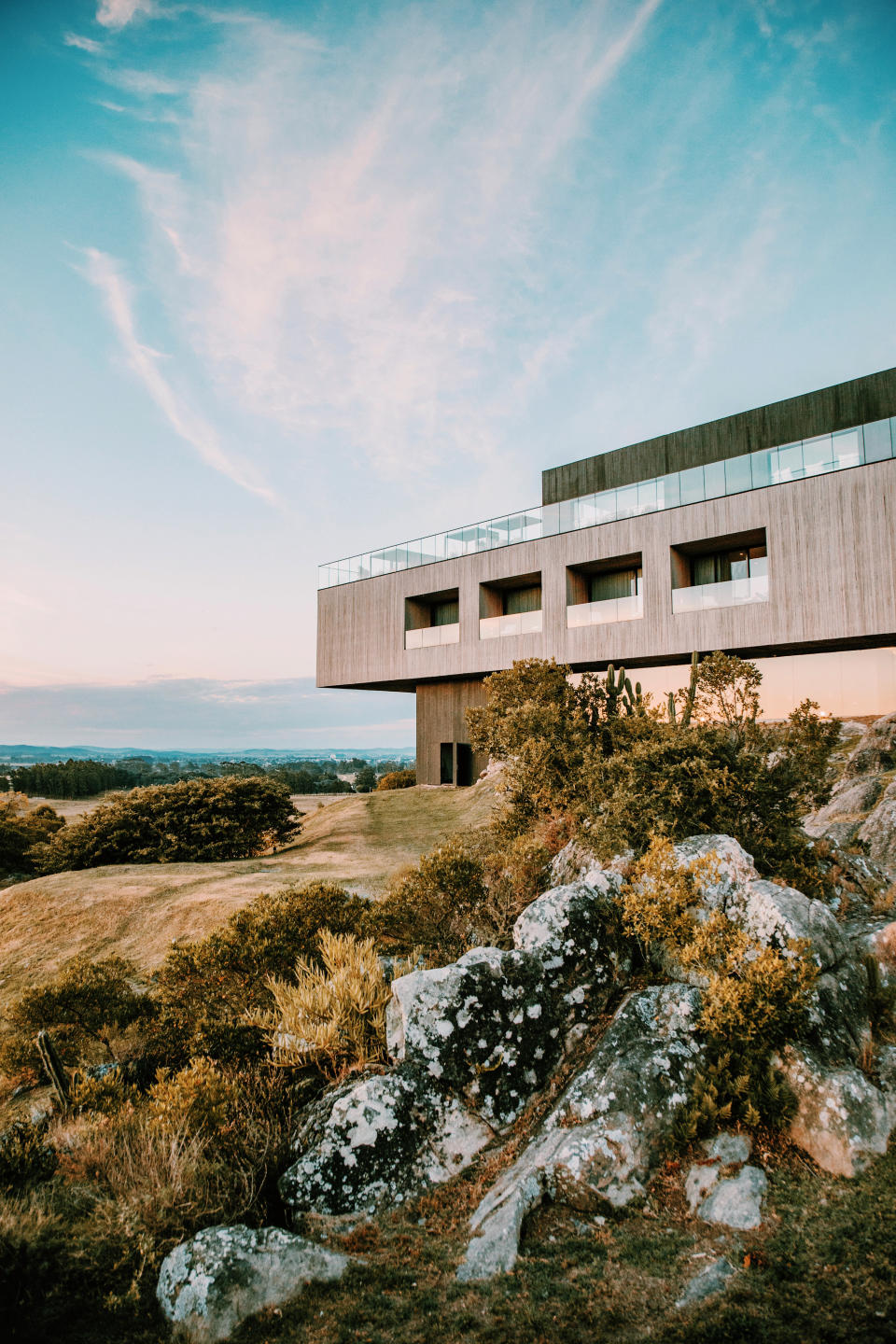
There are 11 ultra-luxe Fasano hotels globally, including the Hotel Fasano Las Piedras in Uruguay and two outposts in New York, one a restaurant just off Park Avenue. A Fasano hotel in Miami is expected to be completed in about 18 months, and European ones are being planned. London is high on the list and has been a 10-year search.
Along with hotels, JHSF plans to broaden its real estate development in other countries. With its vast amount of land, Brazil lends itself to further expansion for years to come with São Paolo, Rio de Janeiro, Trancoso and Salvador being among the prime locales well-suited for JHSF clients, according to Neto.
Three years ago the company ventured into air service with the opening of São Paulo Catarina Executive International Airport as a way for its well-heeled clients to avoid the sometimes hours-long traffic getting to and from São Paulo. What started out with two hangars now has 10 to accommodate the burgeoning number of private jets based there.
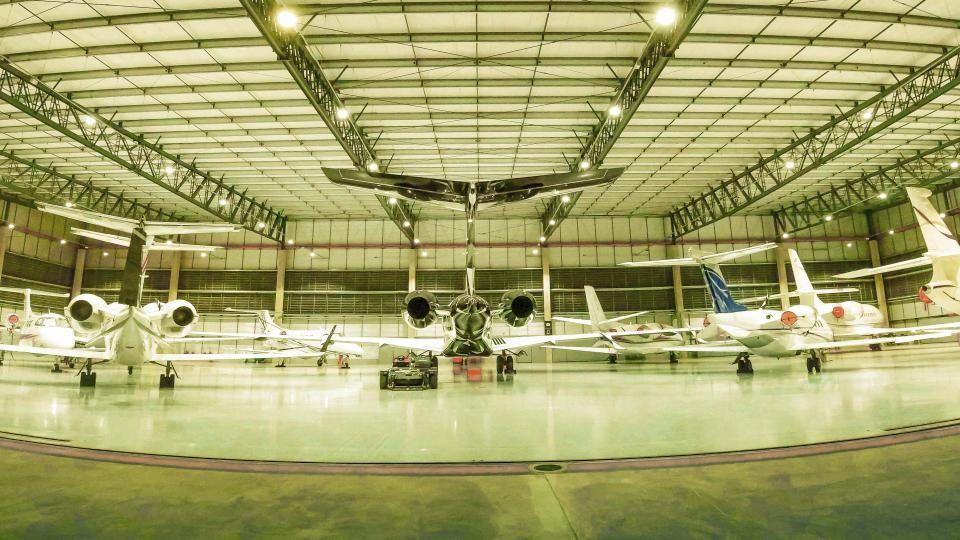
The highly stylized private airport caters to a high-flying crowd. Brazil has the second-largest private jet fleet in the world — second only to the U.S. There are 100-plus airplanes based at Catarina airport and 90 of the owners already do business with JHSF whether that be through its residences, hotels or restaurants. Having those recurring customers creates a “very nice ecosystem” and motivates the company to provide good quality and service, Neto says.
Given the breadth of its portfolio, the company routinely works with numerous architects for its various properties, and sometimes enlists more than one for select projects. Different teams work on hotels as well as its other real estate development. There is also “a very relevant” internal team of about 50 people that is well-versed in design, tenants’ needs, the physical layout, proximity to restaurants and foot traffic flow, Neto says. The residences being planned for Boa Vista will range from 4,000 to 10,000 square feet in size and homeowners can choose from 15 high-end architects. Unlike in the U.S, where some developers favor McMansions, that cannot be done in Brazil, where JHSF clients have more refined preferences, according to Neto.
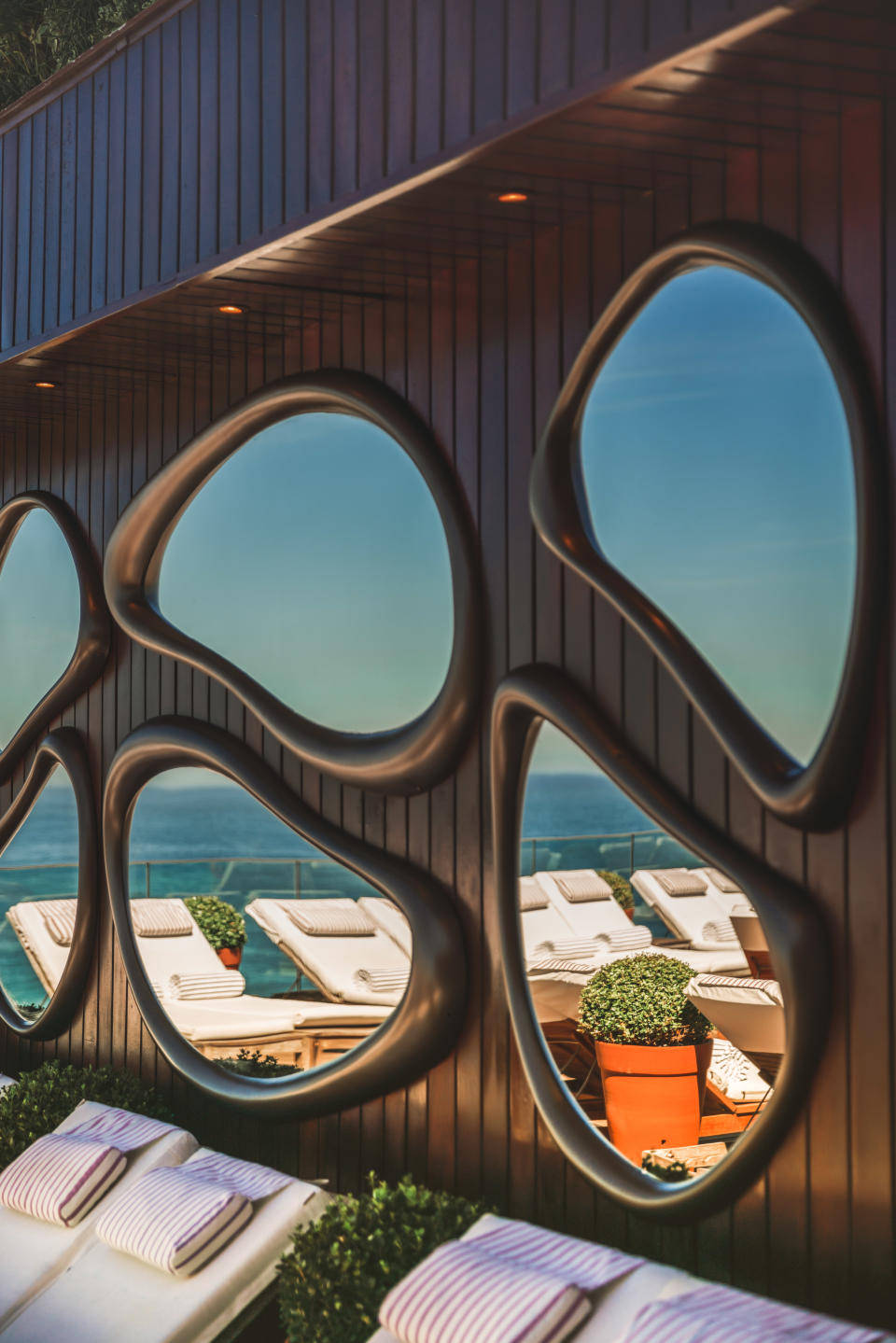
With design being a key component for all of the properties, JHSF works with such leading architects as Isay Weinfeld, Carolina Proto, Marcio Kogan, Felipe Diniz and Gui Mattos, as well as the aforementioned Bergamin and Lomas. As an indicator of JHSF’s design-centric approach, professional polo player Nacho Figueras (who has a signature design business), collaborated with Proto on a residence model at Las Piedras in Punta del Este, Uruguay. Figueras also designed a polo field there and more architectural assignments may follow. Uruguay was chosen for a JHSF project because of its proximity to Brazil, and a country Brazilians regularly visit. The client base at Punta del Este consists of about 30 percent Brazilians, Argentinians and international residents, and Uruguayans comprising the remaining 5 to 10 percent.
Nearing his 25th anniversary with the company, Neto says the shopping mall division was started in 1998 aiming for a quality level that did not exist at that time in Brazil. Focusing on the high-end clients serves the company well because that tier of 500,000 to 1 million is more resilient than other segments in the country, according to Neto.
As two Harvard researchers noted in a report last year, Brazilian elites can maintain their elite status without working for long periods, because they usually have several properties, incomes and assets that they can use to maintain a similar standard of living. In addition, some are people whose families have been in the upper strata of society since the first cities of Brazil.
“From my point of view, there is no institutional risk for Brazil. Of course, this [recent] election was very polarizing — 50/50. There was this mess. But by the end, all of the institutions in Brazil once they saw that democratization was at risk they found a very stable path to organize things,” he says.
Even still, the volatility of the country’s macro-economic challenges is undeniable. Reiterating that resilience, Neto says the interest rate for consumers “is not that big. Once they have savings, when interest rates are higher, they make more money compared to when they don’t. On the other hand, when you have lower interest rates, you can have more growth and long-term investments in long-term projects…”
To that point, the company adjusts its goals to that long-term strategy. “We are not pessimists. We are optimists. When we have lower interest rates, we may have more competition. When we have higher interest rates, we have less competition, but the client is still resilient,” Neto says.
Best of WWD

